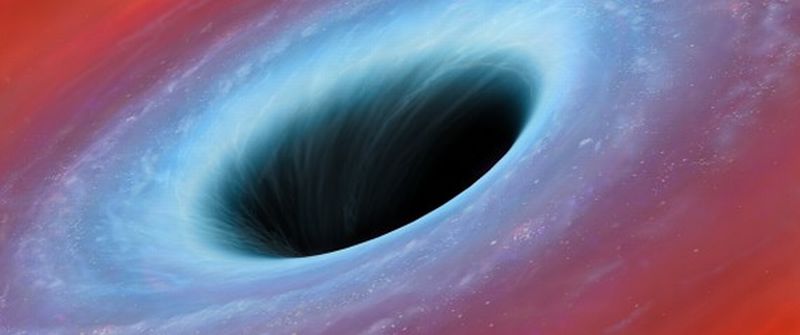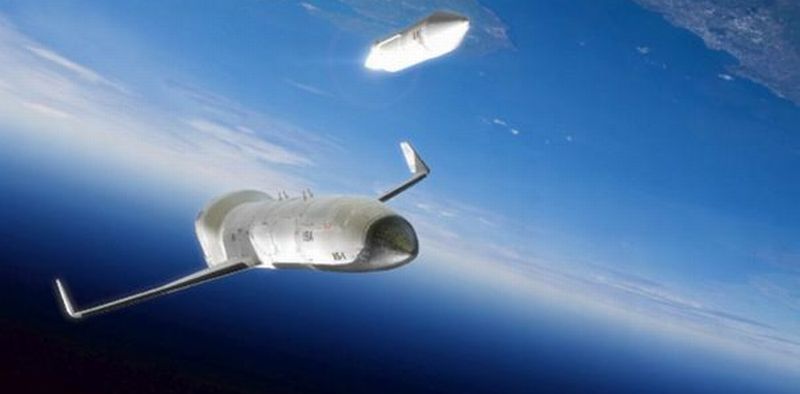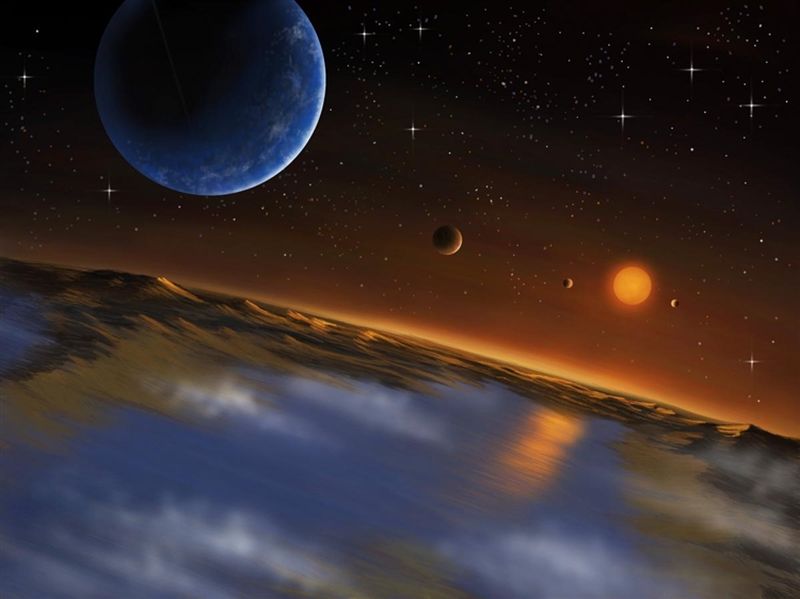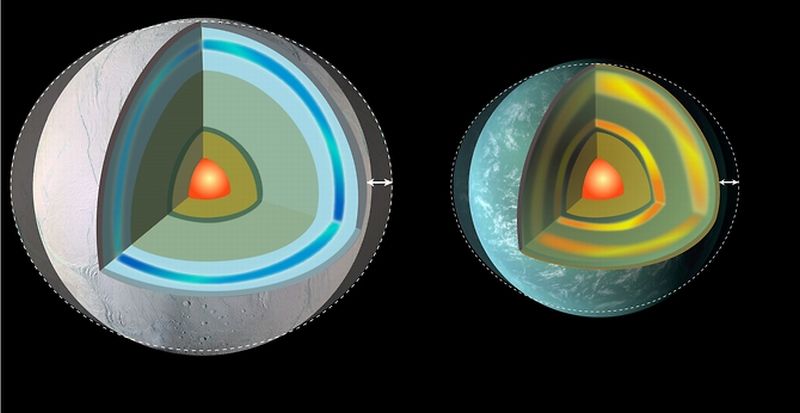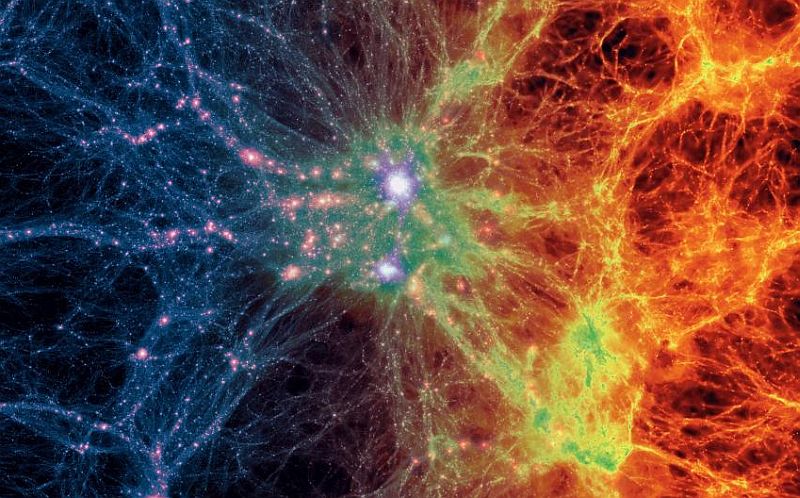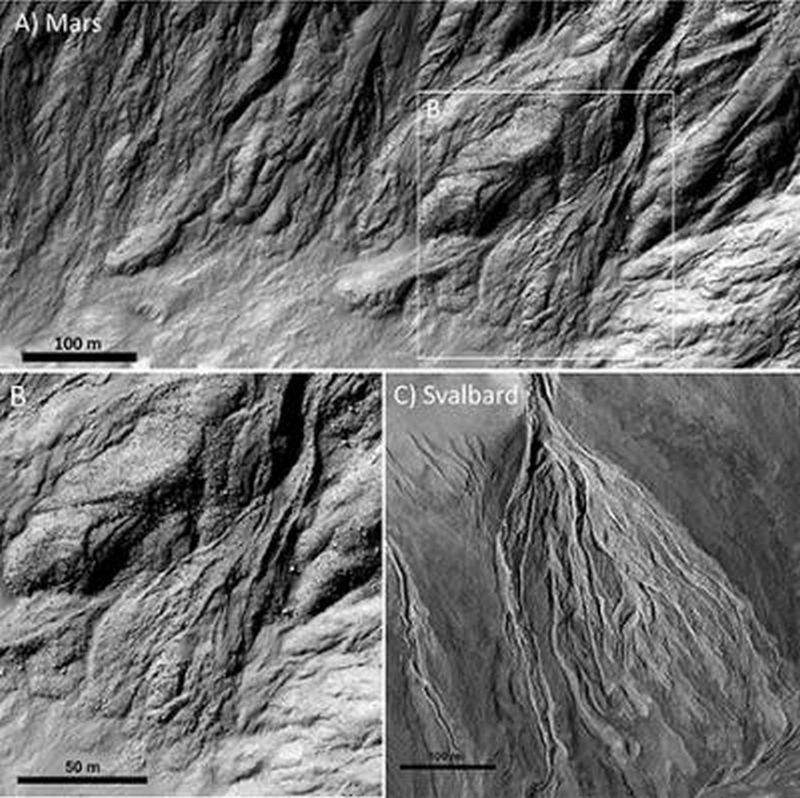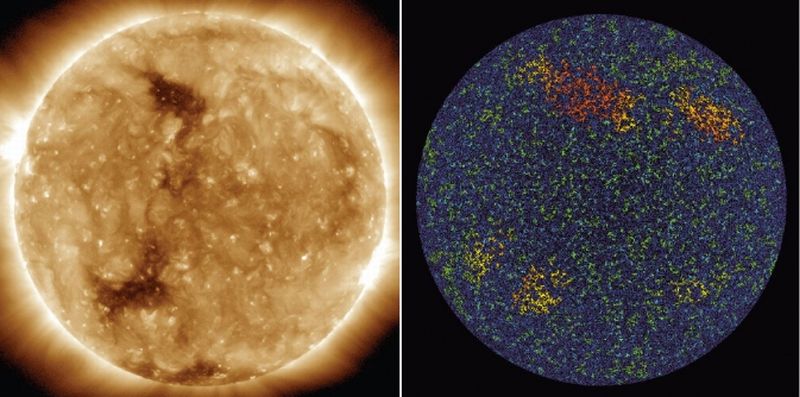As per a recent theory, supernova explosions could be the dying throes of black holes that were formed soon after the Big Bang. The phenomenon called black holes have been the most flabbergasting observable fact of the universe and until now, there has been no concrete evidence as to what is on its other side and what happens to the matter that it engulfs. However, two physicists have gone ahead and postulated that these black holes have an expiry date too and that they morph into ‘white holes’ explosively dispersing…
Read MoreCategory: Space Tonics
US military to develop a Reusable Unmanned Spacecraft: The Experimental Spaceplane project
The US military is looking forward to create an affordable and efficient robotic space plane that has an ability of embarking payloads directly into the orbit. DARPA has already granted the design contract to three firms namely, Boeing, Masten Space Systems and Northrop Grumman. For the initial stage of the Experimental Spaceplane project, also called the XS-1, the firms have collaborated with similar other aerospace companies. For instance, Boeing is working with Blue Origin, Masten is teaming up with XCOR Aerospace and Northrop Grumman is collaborating with the Virgin Galactic.…
Read MoreHabitability is Dependent on Ocean: Water bodies Influence Climate Stability
There is a lot of research work going to find traces of life on other planets and to find elements that are essential requisites for sustaining life on other Earth-like planets. All the research done so far using computer simulations were more focused on the atmosphere of these alien planets with Earth-like habitable climates.
Read MoreAn Affordable method of growing Food in Space: Plants with Life Support Systems
With the advancement in science and technology, the day is not far when humans will settle on distant planets or may plan a luxurious holiday on the moon. But arranging enough food supplies for a longer stay is the most challenging part as it occupies considerable room on the spacecraft and sending another spaceship loaded with supplies would be not cost efficient. To tackle the issue, researchers around the world are trying to develop a cost efficient method to grow food in space. This would definitely make future space travel…
Read MoreTidal Forces influence Planets in Eccentric Orbits: Possibility of creating Habitable Worlds
Fixation towards heat for survival is the key element across planet earth and the solar system. During the origination of human life, early man stumbled upon the discovery of fire by rubbing sticks and since then it has evolved gradually. In an interesting study, researchers at NASA have discovered a similar fixation towards heat for survival across constellation. The findings are primarily based on the Earth sized planets in other star systems. Excessive heat denotes destruction but right amount of same heat results in creating habitual climatic conditions.
Read MoreFrozen Steller Twins Discovered: Orbits in Binary Star System
Lately a binary star system has attracted attention of many space scientists. This binary system consists of twin stars, mutually orbiting around a common center of mass. Situated around 3,000 light years away from Earth, astronomers’ expecting that it could shed some information regarding similar Earth like bodies floating in space. The planet weighs twice that of the Earth and orbits, in binary system, one star. Distance between the two corresponds to the distance between the Earth and the Sun. However, unlike the Sun, the planet’s host star is dimmer…
Read MoreTitan’s Ice Shell overlies Salty Ocean: As Salty as Earth’s Dead Sea
NASA’s Cassini mission has given strong confirmation regarding the saltiness of Titan, the largest moon of Saturn. Space scientists have even compared the salt content with Earth’s Dead Sea. The result corresponds to 10 years observation, where Cassini was busy accumulating the gravitational and topographical data. Researchers organized this information and developed a model based on Titan’s structure. This resulted in gaining better insights of the moon’s exterior ice shell.
Read MoreKepler-10c the mega-Earth Discovered: Godzilla of Earths
Space scientists have discovered a new planet to which they call as “Godzilla of Earths”, maybe because of its rocky exteriors. The exoplanet weighs more than 17 times that of Earth. Until now researchers believe that the planet is all solid and is much gigantic with respect to previous discoveries of super-Earth, hence it falls into the casket of mega-Earth. Sasselov, one of the astronomers believe that Kepler-10c, the newly found mega-Earth, is high on probability with respect to implications for life.
Read MoreAugmentation of Cosmic Magnetic Flux by Turbulence: Interstellar Dynamics
Stellar physicists believed that escalation of interstellar space magnetic field could be an offshoot of the cosmic turbulence. Magnetic field pervades unanimously throughout universe however, there was no such thing around the beginning of Big Bang, which means the force has arisen from somewhere. In order to look for the answer, researchers at Rutherford Appleton Laboratory, UK simulated creation of supernova, a giant star with 60k billions times more powerful shafts, these rays were higher than the laser pointers. The study was based on identifying magnetic fields in the deposits…
Read MoreGU Psc b: Another Exoplanet Discovered Through Direct Imaging
Space scientists have discovered a new planet by collective observations from the Gemini Observatories, the Observatoire Mont-Mégantic (OMM), the Canada-France-Hawaii Telescope (CFHT) and the W.M. Keck Observatory. The gas giant is situated around GU Psc, in the constellation Pisces and is believed to be 3 times less massive than the Sun. The distance between the planet GU Psc b and its star GU Psc is approximately 2,000 times Earth-Sun distance. With this distance, it would take the planet nearly 80,000 Earth years to complete just one orbit around its star.…
Read MoreIllustris is New Time Machine: Simulation of the Realistic Virtual Universe
We know how our universe look today and we have pretty good idea as to how it looked before the things started taking shape somewhere around the Big Bang. But we have no idea how the galaxies evolve and what was before the Big Bang. In order to study this, researchers at the MIT have built a computer simulation, they have named it the Illustris. This simulation is so complex that calculating on single desktop might take 2k years alone and its volume comprises around 215m light years. Although there…
Read MoreLandforms on Mars: Recent Melt-Water and Debris Flow Activity in Craters
According to a recent study, researchers claim that Mars had liquid water, as recent as 200,000 years ago. In southern mid latitudes of Mars, a young crater has been discovered. Researchers say that this crater has well conserved gorge and debris of sediments created by flowing liquid water. The geomorphological feature of these formations furnishes evidence that the action of flowing water had created them in recent geological time.
Read MoreNewly Discovered Neighbor of the Sun: Chilly as the Earth’s North Pole
Kevin Luhman, an astronomer at Penn State University has discovered a star, “brown dwarf” that is around 7.2 light-years away. Currently it appears to be as cold as Earth’s North Pole and positioned at fourth rank with respect to the Sun. The space scientist claims that insights from the new system might helpful in knowing the atmospheres associated with cold temperatures on similar other systems. Like stars, the brown dwarfs initiate the same life cycle but during the collapse, they lack the mass that is required to burn the nuclear…
Read MoreBright Points in Solar Atmosphere: Gateway to Sun’s Roiling Interior
NASA’s Solar Dynamics Observatory (SDO) has been able to collect data regarding the depth of the shining star, bright spots in the solar atmosphere and the strings of magnetic signatures observed on the surface of Earth. With this data, space scientists will get a peek into the insights related to the real-time mapping of the sun’s roiling interior. These understandings will help them on converging the decade long investigations of its 22-year sunspot cycle and emission of solar flares. As per Scott McIntosh, one of the lead researchers, this data…
Read MoreGrowing Vegetables on Mars: Farming goes Extraterrestrial
After NASA’s attempt to grow plants on the moon by 2015, researchers are now trying to explore whether they can grow plants on the red planet as well. This research would be also beneficial for the Mars One project which is planning to make permanent human settlement on the planet.
Read More
